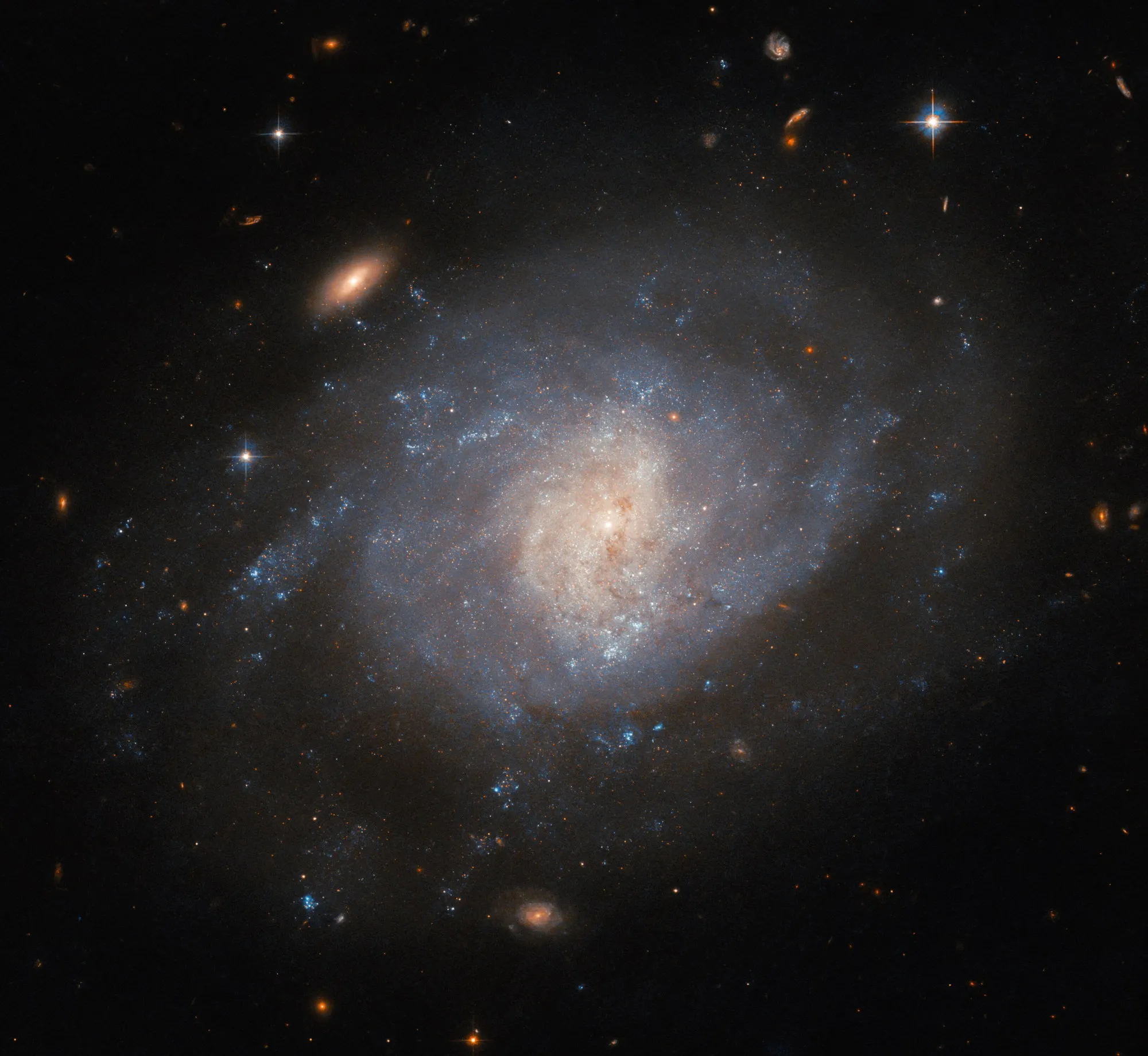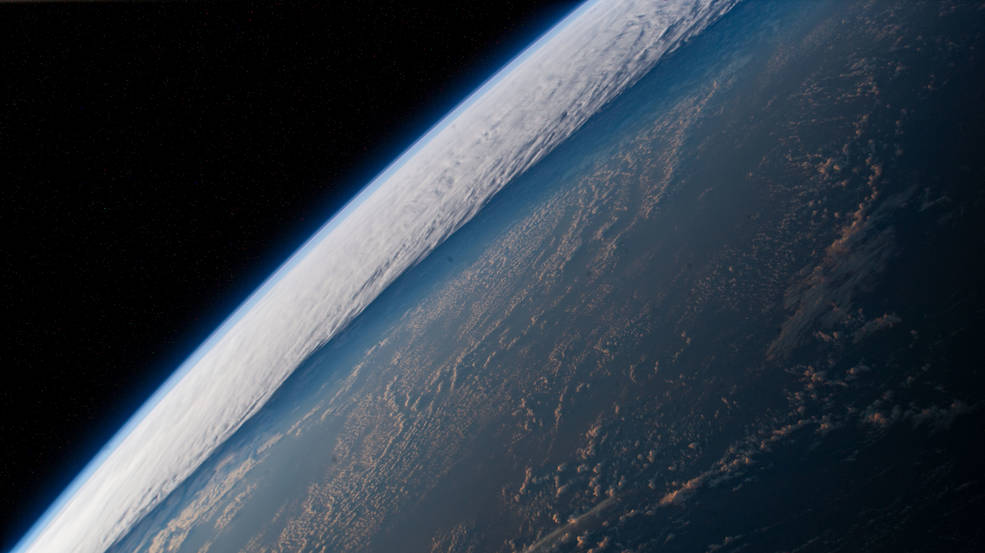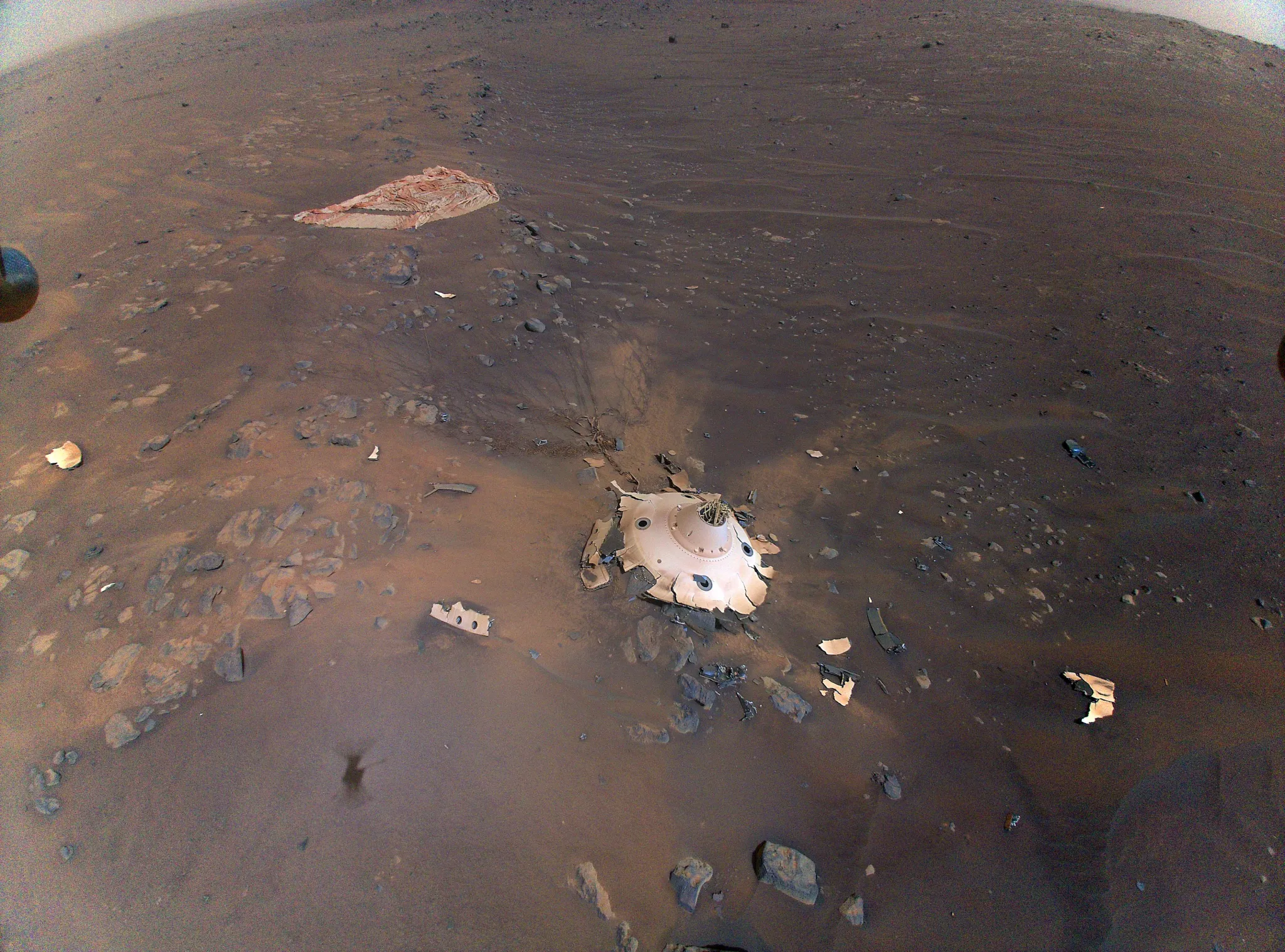Hubble Images Galaxy with an Explosive Past

This image from NASA’s Hubble Space Telescope features the spiral galaxy NGC 941, which lies about 55 million light-years from Earth. Hubble’s Advanced Camera for Surveys (ACS) collected the data that created this image. Beautiful NGC 941 is undoubtedly the main attraction in this view; however, the hazy-looking galaxy was not the motivation for collecting the data. That distinction belongs to an astronomical event that took place in the galaxy years before: the supernova SN 2005ad. The location of this faded supernova was observed as part of a study of multiple hydrogen-rich supernovae, also known as type II supernovae, to better understand the environments in which certain types of supernovae take place. While the study was conducted by professional astronomers, SN 2005ad itself owes its discovery to a distinguished amateur astronomer named Kōichi Itagaki, who has discovered over 170 supernovae.
This might raise the question of how an amateur astronomer could spot something like a supernova event before professional astronomers who have access to telescopes such as Hubble. The detection of supernovae is a mixture of skill, facilities, and luck. Most astronomical events happen over time spans that dwarf human lifetimes, but supernova explosions are extraordinarily fast, appearing very suddenly and then brightening and dimming over a period of days or weeks. Another aspect is time – data from a few hours of observations with telescopes like Hubble might take weeks, months, or sometimes even years to process and analyze. Amateur astronomers can spend much more time actively observing the skies, and sometimes have extremely impressive systems of telescopes, computers, and software they can use.
Because amateurs like Itagaki spot so many supernovae, there is actually an online system set up to report them (the Transient Name Server). This system is a big help to professional astronomers, because time is truly of the essence with supernovae events. After the reported discovery of SN 2005ab, professional astronomers were able to follow up with spectroscopic studies and confirm it as a type II supernova, which eventually led to Hubble to study its location. Such a study wouldn’t be possible without a rich library of cataloged supernovae, built with the keen eyes of amateur astronomers.
Text credit: European Space Agency





